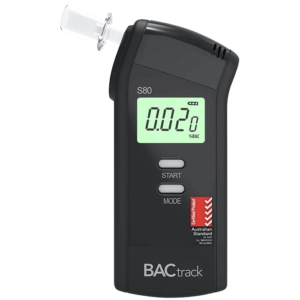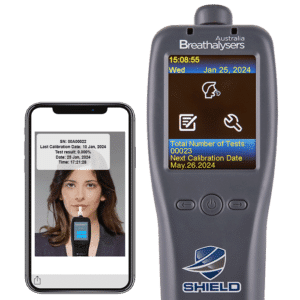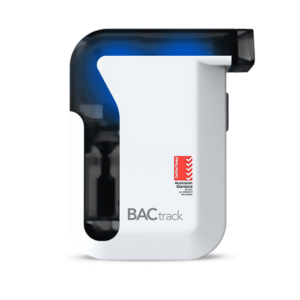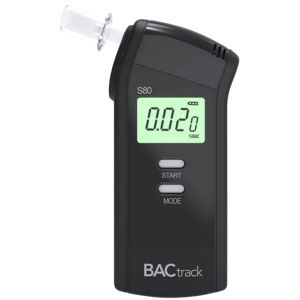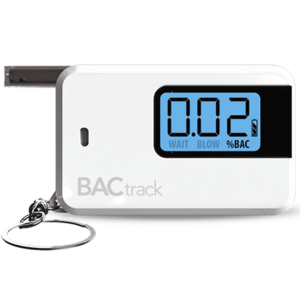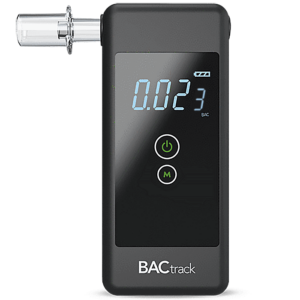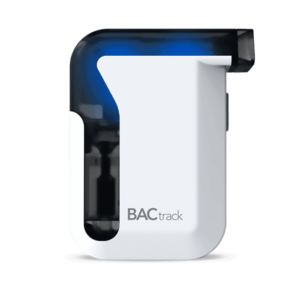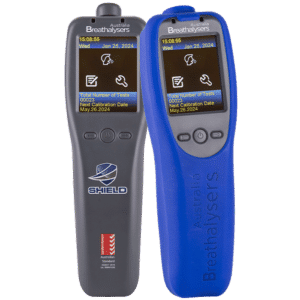Lab Drug and Alcohol Test: What It Is, the Methods, and Procedure
09 January, 2024

A lab drug and alcohol test is an effective tool to identify those who are misusing substances. Professionals conduct it in a laboratory setting and use advanced techniques and equipment to provide an accurate report of drug and alcohol consumption. Testing methods include breath, blood, hair, urine, and saliva screenings. Typically, a trained collector gathers the sample and transports it to the lab for analysis. The centre will then send the results after two to four days.
Drug and alcohol misuse is a prevalent problem in many countries. It causes various impairments that can significantly impair physical and cognitive capabilities. This can lead to many issues for an individual, and it affects those around them as well. This is why testing is crucial to ensure safety. This article will present what a laboratory test is, the various methods available, and the procedure.
What is a Lab Drug and Alcohol Test?
A lab drug and alcohol test is conducted in a laboratory setting to determine the presence of substances in the system. Employers, health professionals, and law enforcement use it to identify if the individual has misused prescription drugs, alcoholic beverages, or illegal drugs.
Many people suffer from drug and alcohol abuse. This poses risks for the individual and can endanger the community. This is why testing is done in several instances to help those with abuse problems. Police officers conduct roadside tests to find those who are Driving Under the Influence (DUI). Health professionals use medical testing to help form plans for rehabilitation.
Furthermore, workplaces in high-risk industries even conduct testing during pre-employment to ensure responsible individuals occupy critical positions that may cause safety risks. Many use instant test kits for quick results. Meanwhile, laboratory testing confirms the previous results. It is crucial to inform the collection staff of the prescription medicine and supplements being taken, as well as the medical condition of the individual.
Benefits
- Companies can ensure workplace safety by regularly testing employees in safety-sensitive positions.
- Employers can create a productive and safe workplace by including testing in their drug and alcohol policy.
- Law enforcement may use lab testing results as evidence for legal purposes. This includes court proceedings for drink driving or child custody.
- Laboratory testing can quantify the amount of substances consumed using testing methods like Gas Chromatography-Mass Spectrometry (GC-MS).
- Accredited laboratories follow a strict chain of custody procedure to ensure the accuracy of the results.
- Collection by a lab professional reduces the risks of tampering and contamination of the biological samples.
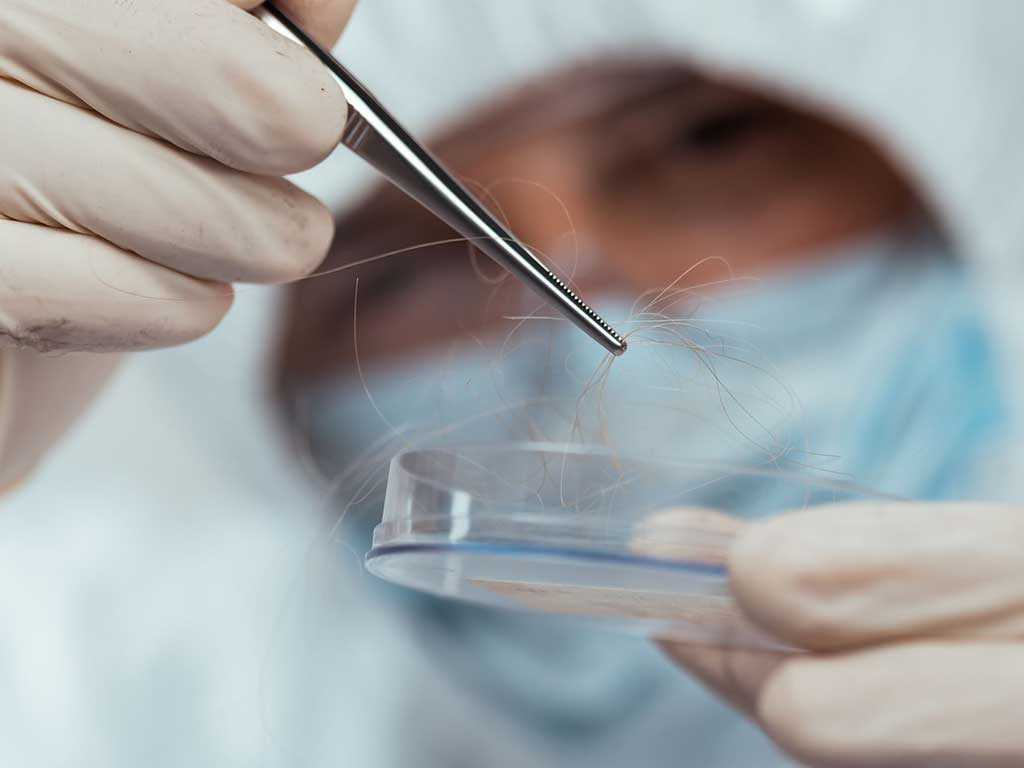
Methods in a Lab Drug and Alcohol Test
A lab drug and alcohol test can use several screening methods. For alcohol testing, breath alcohol equipment like breathalysers measure the Blood Alcohol Concentration (BAC) levels. Another procedure is oral fluid testing. This uses saliva samples to trace a variety of substances. Generally, its detection window lasts up to 12 hours.
The standard screening method for workplaces is urine testing. Using urine samples allows the lab to identify a wide range of substances. It typically has a detection window of 24 hours, but the period may increase with chronic use. Meanwhile, blood tests are considered the most accurate method. It measures the substances or their metabolites found in the bloodstream. It can generally trace substances 12 hours after use.
Lastly, hair follicle testing helps acquire a history of alcohol and drug misuse. It uses hair samples to trace substances for up to 90 days. However, it does not detect those consumed seven days before collection due to the nature of hair growth.
Detectable Substances
The detectable substances of a test depend on the drug panels used during analysis. These common drugs include illegal and legal substances that cause impairment. The typically detected ones are ethanol, marijuana, cocaine, Phencyclidine (PCP), amphetamines, and opioids.
Ethanol is an active ingredient found in many alcoholic beverages. Marijuana is a psychoactive substance some use for medical purposes. Some also use it as a recreational drug. Cocaine is a stimulant made from the leaves of the coca plant. Amphetamine substances are also stimulants that many use for narcolepsy and attention deficit hyperactivity disorder. Opioids are painkillers that can cause dependency. Lastly, PCP causes hallucinations.
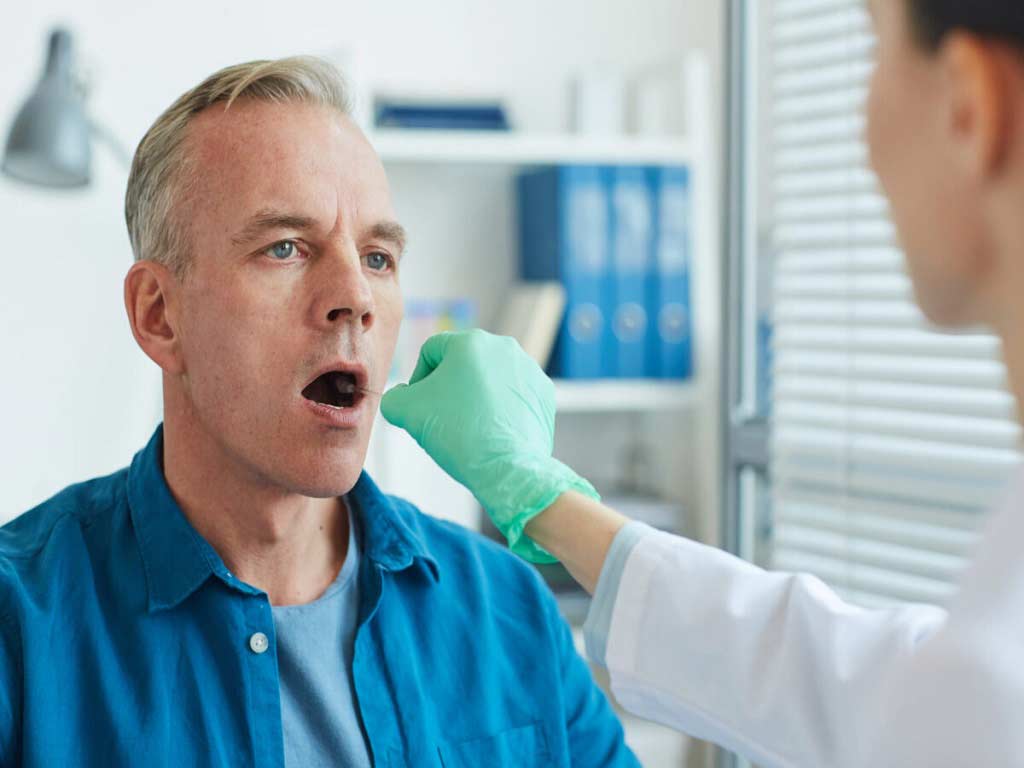
Procedure in a Lab Drug and Alcohol Test
During a lab drug and alcohol test, the individual must follow a specific procedure to ensure accurate and reliable results. Firstly, the individual undergoing testing must provide a biological sample, depending on the type of test. Trained professionals conduct the collection and follow strict protocols to gather an adequate sample.
Then, the collection centre staff transports the biological specimens to the laboratory for analysis. There, they may use various equipment and drug test panels to detect the presence or absence of drugs. Initial testing often uses immunoassay tests to find traces of substances in the specimen. For further testing, the lab can use GC-MS, which is considered the gold standard for testing.
After the confirmation of the results, the lab will create a report. This can take two to four days, depending on the service provider. The turnaround time may vary depending on the complexity of the analysis needed. Non-negative results from an initial screening will generally require a confirmation test to verify the result.
Accuracy and Reliability
Laboratories must provide accurate and reliable results. To ensure this, they must undergo accreditation under the New Zealand/Australian Standards (AS/NZ). These outline strict protocols for specimen collection and handling. They must also use reliable equipment. This allows them to produce consistent and reliable reports.
Nevertheless, there are possibilities of false positive results. It can be due to several factors, such as medical conditions, secondhand exposure, or contamination. Fortunately, advanced techniques like GC-MS can reduce the likelihood of these false results since they can quantify the amount of substances. This prevents possible undue consequences from occurring.
Conclusion
A lab drug and alcohol test is a vital tool used by employers, medical professionals, and law enforcement to identify drug and alcohol misuse. Accredited laboratories use several methods, such as breath, urine, saliva, hair, and blood testing. To conduct the test, trained collectors gather the specimen depending on the test and send it for analysis. Afterwards, lab professionals may use an immunoassay test or GC-MS to assess the specimens.
Lab tests trace a wide range of substances, depending on the panels used. Some of the commonly traced ones are ethanol, cocaine, marijuana, amphetamines, PCP, and opioids. However, it is crucial to contact a service provider that follows the proper specimen collection guidelines and uses high-quality equipment. This helps ensure the accuracy and reliability of the report. This informs employers if the worker has violated their company policy. It can also serve as evidence for DUI.

















